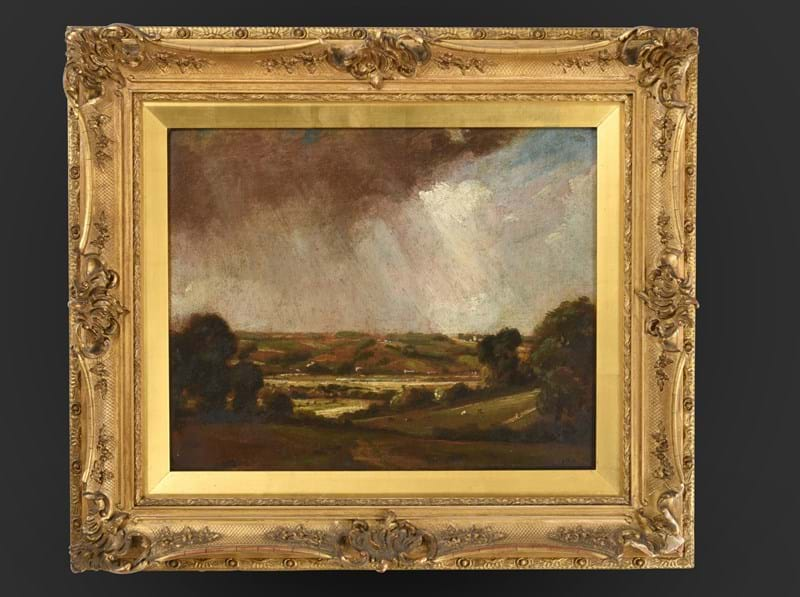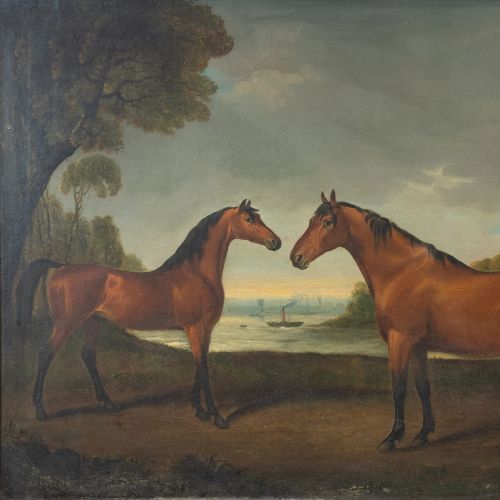Tennants is delighted to offer an interesting collection of York silver from the 17th to 19th centuries in the Jewellery, Watches and Silver Sale on 14th September. The earliest piece in the group of seven items is a rare trefid spoon by Thomas Mangy, York, 1680, estimated at £1,200-1,800 (all figures exclude buyer's premium). Mangy was from an extensive family of silversmiths working in York in the 17th century, being at least a third-generation silversmith. He was made Free of the Company of Goldsmiths by Patrimony in 1665 and was obviously a silversmith of some talent, based on the existing plate which bears his mark.

A Charles II Provincial Silver Trefid-Spoon, by Thomas Mangy, York, 1680
One example from the 18th in the collection is another rarity, this time a tea caddy, which was made by John Hampston and John Prince and hallmarked for 1789. This example, oval in form and with foliage engraved borders, includes the York town mark and is offered with an estimate of £3,000-5,000.

A George III Provincial Silver Tea-Caddy, by John Hampston and John Prince, York, 1789, With York Town Mark
Examples from the 19th century which feature in the collection include a rare spirit-flask by James Barber, George Cattle and William North, York, 1833. The compressed oval example has a pull-off cup on the base and is offered with an estimate of £800-1,200 [R517119-005].

A William IV Provincial Silver Spirit-Flask, by James Barber, George Cattle and William North, York, 1833
The earliest items that are marked for York, date to the 16th century when a mark featuring a half leopard's head and half fleur-de-lys was used. This mark can be seen on the Thomas Mangy spoon. When the Britannia standard was introduced in 1697, the assay of silver at York was discontinued until 1701 when an Act of Parliament re-established it, though now using the mark of a St George’s Cross charged with five lions passant. This second incarnation was short-lived and the office closed in 1716, remaining so until 1776. As it closed for a final time in 1858 silver marked in York is rarer than that from many of the other provincial assay offices. The St. George Cross mark is often left out and so items with this mark are even rarer. Many pieces in the group being offered by Tennants include this mark, including the tea-caddy.











